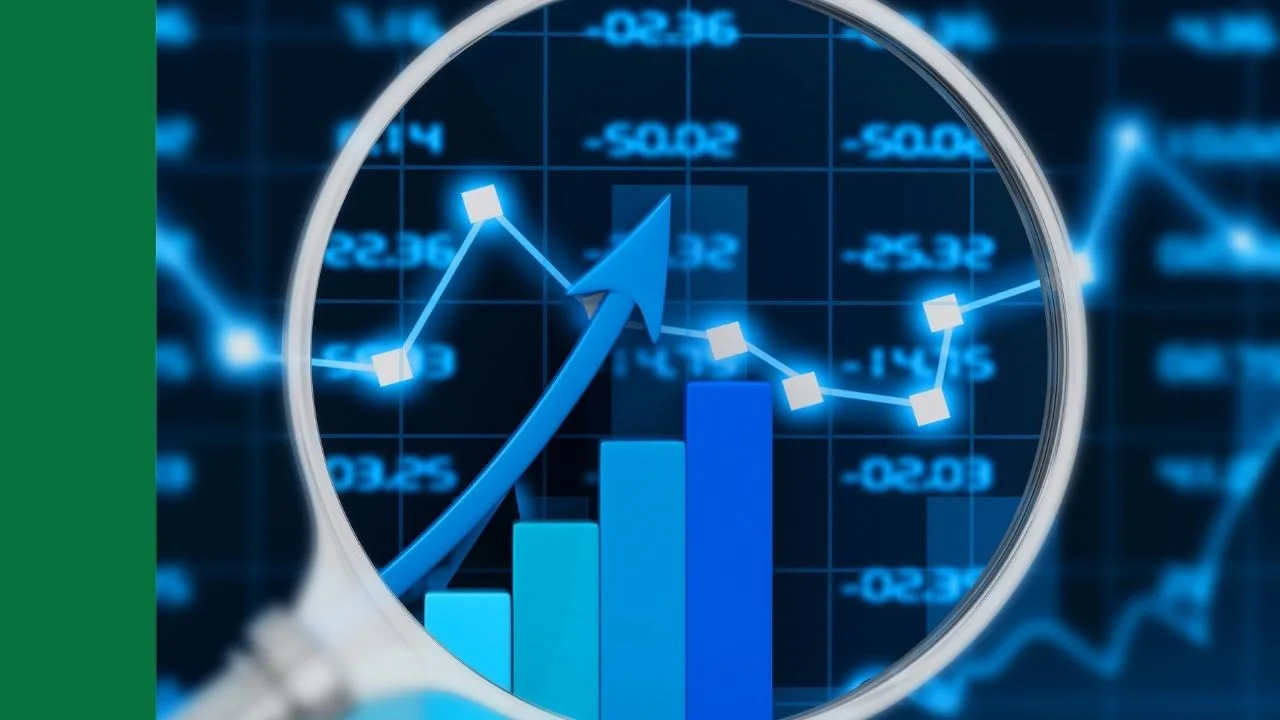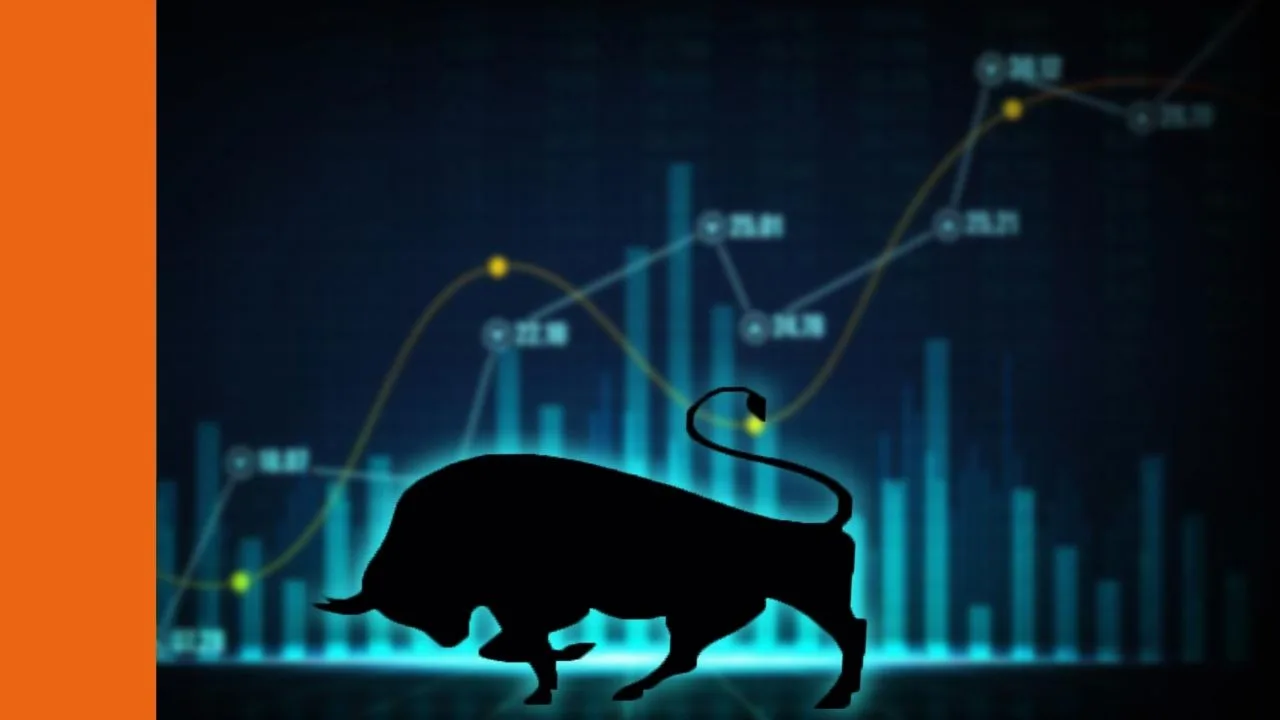ETF Securities released a new ETF in June 2019 which will track the performance of the Nifty 50, the largest companies on the National Stock Exchange of India (NSE). Can the ETFS Reliance India Nifty 50 ETF (ASX: NDIA) boost your returns?
What Is An ETF?
Exchange-traded funds, or ETFs, are investment funds that are listed on a securities exchange. They can be managed funds or index funds, or in other words, active or passive, and the fees are usually lower than an unlisted investment fund.
To learn more about ETFs, check out the Rask Finance video below or take a free course on the www.raskfinance.com website.
Typically, ETFs give an investor exposure to many different shares or assets with a single purchase, offering one of the quickest and easiest methods of achieving diversification.
Can India Provide Growth?
India has one of the fastest growth rates in the world when it comes to GDP (gross domestic product), with growth of 6.6% in 2017 compared to 6.9% in China and 2.3% in the US. The driving forces behind the growth include urbanisation, a rising middle class and increasing consumer spending.
Many institutions have predicted India will be one of the fastest growing economies in the world in the coming years, so there should be plenty of opportunity for investors.
What’s In The ETF?
The NDIA ETF consists of the 50 largest blue-chips in India and aims to track the NSE Nifty 50 Index.
Financials get the largest sector allocation with 41% of the NDIA portfolio, and the largest companies include HDFC Bank Ltd (NSE: HDFCBANK) and Reliance Industries Limited (NSE: RELIANCE).
Fees And Risks
Management costs for the NDIA ETF are 0.85% per year and any dividends will be paid annually. In terms of risks, this is not a currency-hedged ETF unlike a lot of the ETFs that focus on the US or UK markets, so the investor is exposed to fluctuations in the exchange rate.
The big risk in my mind is that most investors would be investing in this ETF for diversification, however, the largest sector allocations are similar to what we have on the ASX.
It concerns me that financials make up more than 40% of the portfolio, and energy and materials both earn large allocations as well.
Besides that, a portfolio of 50 companies is smaller than what a lot of other ETFs offer, so it could be considered to be a reasonably concentrated ETF.
Summary
While growth prospects in India look exciting, I’m not convinced this ETF is the way to go. The fees are relatively high, and the ETF is heavily concentrated in financials which most Australians already have plenty of exposure to.
I’ll be waiting to see how this ETF performs over the next year or two before I think about investing.
[ls_content_block id=”14948″ para=”paragraphs”]
Disclosure: At the time of writing, Max does not own shares in any of the companies mentioned.






